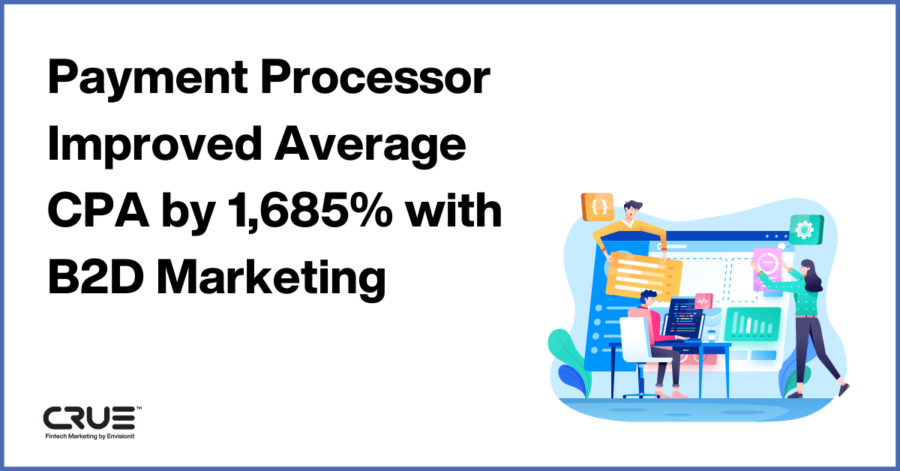It’s 2017. Let me guess your goals for the coming year: You are looking to show up lower in search rankings. You are hoping for a decrease in your conversion rate. You want to drive your site visitors crazy by making them pinch and zoom their way through your website.
Wait, I’m wrong? Couldn’t be more off in my assessment? Well if that’s the case, then why is your website STILL not responsive?
Now I’m aware that most of you understand why your site should be (read: must be) mobile-friendly. You’ve been crafting your plea well-informed reasoning because it’s not you who needs convincing, right? (and if you do, this article should hold even more value). It’s the powers that be that need to be shown the light. Here’s to hoping this article will give you the ammo needed to pound on management’s door—or politely knock—and state your case.
Let’s take a look at some factors that could help
1) Better Rankings on Google
Hopefully, you have been following Envisionit’s blog over the years. (If not, there is no better time than the present because we are going to be putting out a lot of phenomenal content in 2017 spanning all of our disciplines.) If you have been following, you would know that in April, 2015 Google began using mobile-friendliness as a ranking signal. And last May, they put even more equity into this signal by increasing the effectiveness of mobile searches. What does all of that mean? Your site isn’t performing as well as it could be if it’s not mobile-friendly. And now that most searches are being made on mobile devices, it could mean that the effort and dollars you’re putting into your site to ensure it is search engine friendly aren’t having the maximum impact.
Oh and one more thing: you’re not alone! As recently as 2015, half of the Fortune 500 websites weren’t prepared for Google’s big update.
2) Improvement in conversion rates
Do you rely on your website as a revenue-generating channel for your business? Conversion rates on mobile are low to begin with, but does that medium provide an untapped opportunity? We think so. While the conversion percentage on mobile won’t touch the rates, you see in a desktop setting, by making your site mobile-friendly you can triple your conversions.
3) Prevention of brand degradation
Your website represents your brand and influences how people perceive your business. How do you feel when you hit a site that’s not suited to your device? Annoyed? Frustrated? Betrayed? Bewildered? Take a walk in your ideal client’s shoes. Would their customer experience be an ideal one if they felt those emotions at the outset of your relationship with them? I don’t think so.
4) Think about the user
Pinch, zoom, frustration. Pinch, zoom, frustration. Pinch, zoom, ah screw it. People expect certain things from a usability standpoint when visiting a website. Responsiveness is one of them. The folks over at Mobify put together an excellent piece that explains the importance of mobile user friendliness.
Put simply, 30% of mobile shoppers abandon an e-commerce website if it isn’t optimized for their particular device.
Is that case persuasive enough for your boss? Need more ammo? Feel free to reach out and let us know.
- Tagged in:
- ecommerce,
- SEO,
- user experience













